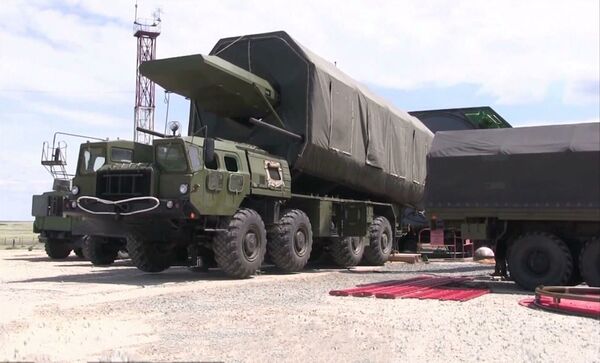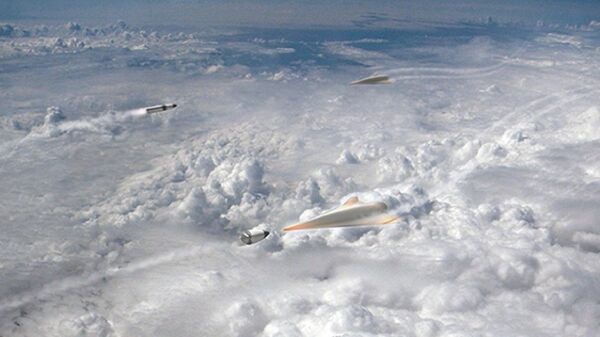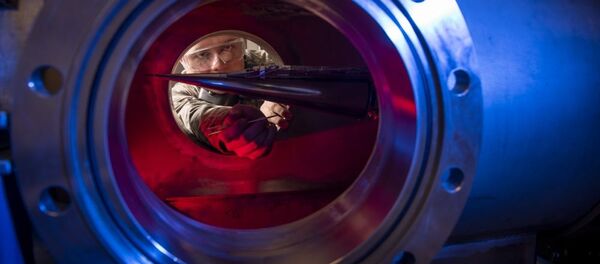The Pentagon's Defence Advanced Research Projects Agency (DARPA) has signed a contract worth $13 million to develop hypersonic weapons interceptors for American air defences with top military aerospace and defence technology company, Northrop Grumman.
"This contract provides for the research, development, and demonstration of a technology that is critical for enabling an advanced interceptor capable of engaging manoeuvring hypersonic threats in the upper atmosphere", an announcement on the US Department of Defence website reads.
The new interceptor's concept needs to be presented by the company in a year, by January 2021. Its development comes as part of DARPA's Glide Breaker programme, dedicated to producing adequate defences against the newest hypersonic weapons systems.
The programme was initiated along with US plans to build their own hypersonic missiles and soon after Russia and China presented their progress in developing such armaments. Both these nations are viewed as potential "near-peer adversaries" by Washington.

Russia, so far, has been blazing a path in this field, having already deployed its first hypersonic gliders, Avangard, in 2019. It also plans to add two more weapons, the air-launched Kh-47M2 Kinzhal and ground and sea-based 3M22 Zircon hypersonic missiles, to its arsenal in the near future.
Presenting the new line of armaments, Russian President Vladimir Putin noted that due to their incredible speed and ability to manoeuvre during flight, these missiles are capable of penetrating the most sophisticated defences in the world.
China too has been making progress in developing hypersonic weapons. Beijing made its first hypersonic glide vehicle DF-ZF (also known as WU-14) operational in October 2019. It's capable of reaching speeds between 5 and 10 Machs, while Russia’s Avangard can accelerate to speeds between 10 and 12 Machs during flight.



